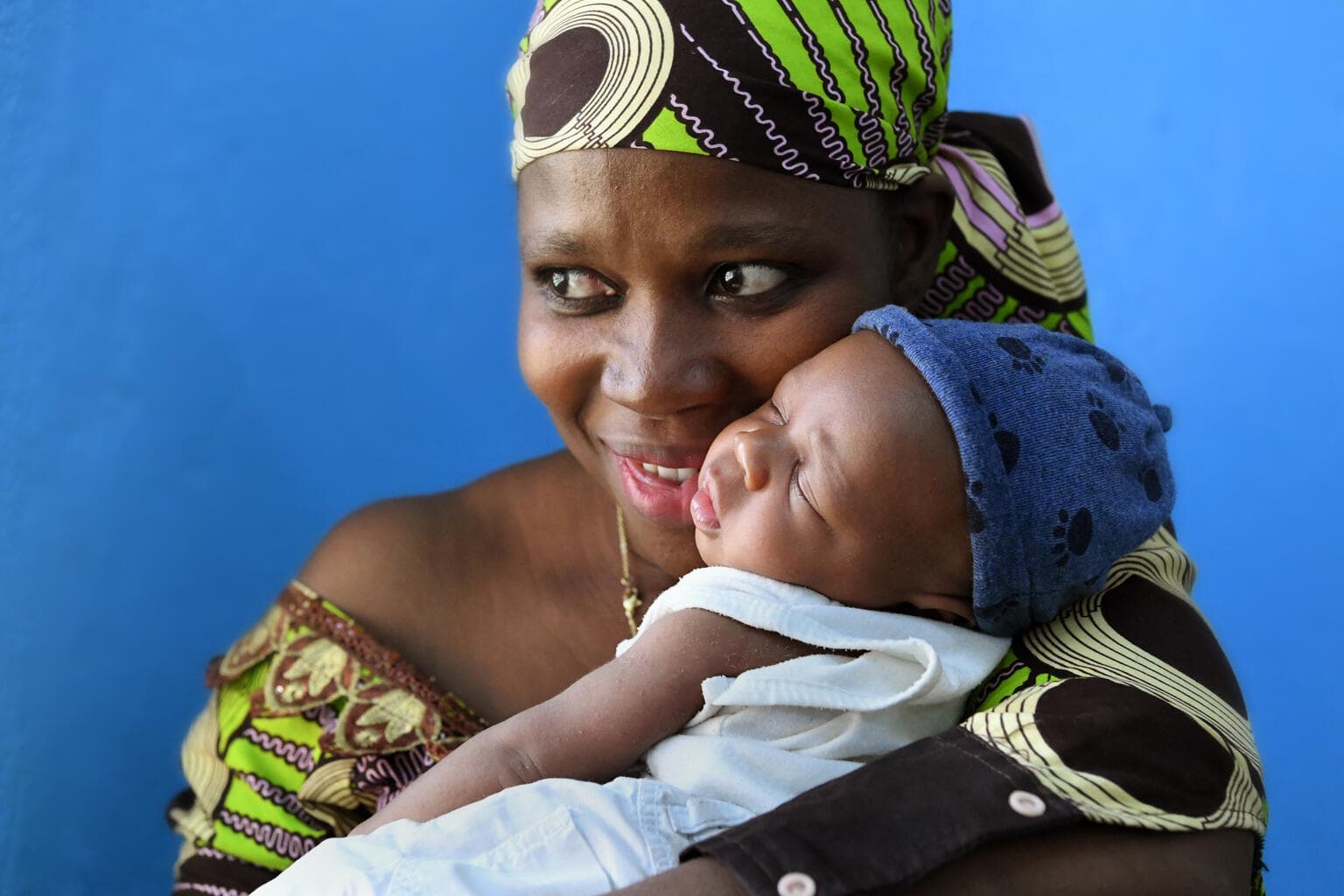
Strong health information systems are critical to ensuring timely, accurate and comparable data that can be more reliably used to design and monitor effective health interventions and policies. But technical and financial investments in health information systems must be aligned with country-driven plans in order to improve efficiency and alignment of investments as well as to strengthen country capacity to plan, implement, monitor and review progress and processes for data collection, availability, analysis and use.
In response to this need, UNICEF and the Health Data Collaborative conducted five country case studies in 2021–2022 to assess the status of the health information systems in selected countries, the investments that national governments and partners are making to strengthen health information systems, and the status of alignment of these investments to national priorities. The five countries selected for this work were Cameroon, Kenya and Zambia in sub-Saharan Africa, and Bangladesh and Nepal in South Asia. Each case study involves a desk review, development of a conceptual framework on alignment, development of stakeholder interview guides, interviews and data analysis/synthesis.
Bangladesh Nepal Kenya Zambia Cameroon
Executive Summary Executive Brief
Findings:
Enabling factors: An enabling factor for alignment was the existence of strategies and policies around HIS strengthening, as well as government-led coordination mechanisms. These provided a framework for dialogue between government agencies and partners, promoting consultative priority-setting and planning processes.
Constraining factors to improved alignment include:
- Existence of parallel data reporting systems, such as vertical systems for disease-specific programmes to respond to donor reporting requirements.
- Weak financial alignment. The health sector funding environment is often project based, constraining harmonization of financial investments. The implementation of health sector institutional and financial management frameworks such as sector-wide approaches (SWAps) have differed across countries.
- External development partners have their own constituencies to answer to, and political cycles. Bilateral partners adhere to their own national budget cycles for disbursement of aid; other donor organizations have their own governance architectures, which may hinder alignment with country budget and planning cycles.
- Aside from some ongoing efforts to harmonize data collection indicators and tools across partners, there was little evidence of alignment of partner monitoring and evaluation mechanisms across the countries studied.
Recommendations to better align technical and financial investments:
- Strengthen partner-government coordination mechanisms, including increasing civil society and private sector participation;
- Strengthen routine HIS and integrate vertical data systems into the HIS;
- Increase disclosure and knowledge sharing on planned HIS funding and activities; and
- Channel funds through national institutional and financial management frameworks alongside supporting governance capacity-building.